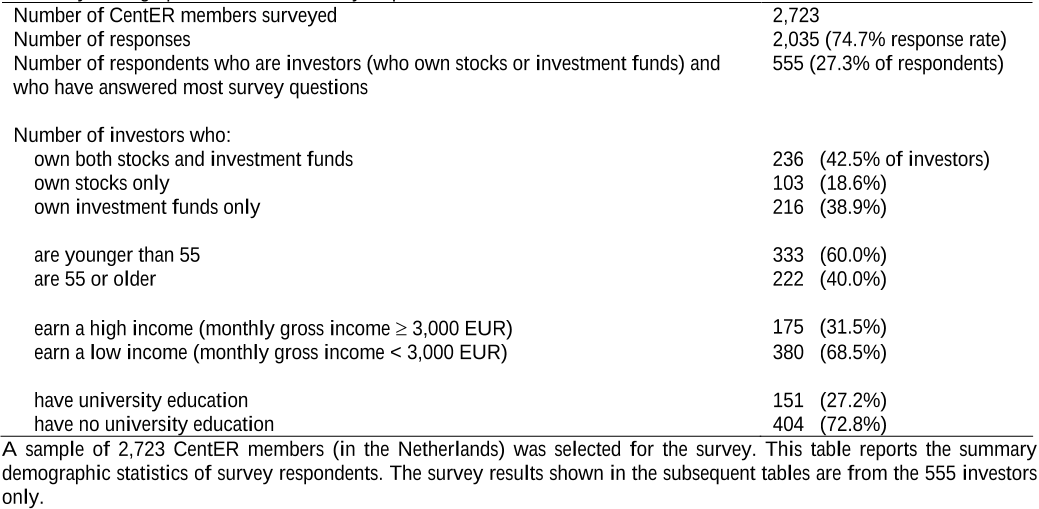Abstract: The thesis examines the dividend puzzle in the context of the Chinese capital market and further investigates the factors that significantly affect dividend policy in Chinese listed firms. In Chapter two, we examine the announcement effects of dividends in the Chinese capital market, with an emphasis on stock dividends. We begin by separately investigating the cumulative abnormal returns around the announcements of cash, stock and combined dividends. Because earnings are announced concurrently with dividend decisions in China, and therefore the estimated abnormal returns could be confounded by the earnings effect, we attempt to examine the dividend announcement effect under different earnings signals. We find a strong announcement effect of stock dividends even after controlling for concurrent earnings surprises. In contrast, pure cash dividend stocks experience no significant price run-up around the announcements. In addition, we examine the difference in market reactions to a positive or negative earnings announcement as firms initiate, maintain or switch to different forms of payouts. It appears that switching from other types of dividends to stock dividends reinforces the earnings signal. Chapter three examines the effect of corporate governance and stock liquidity on corporate payout policy in the context of the split-share structure reform initiated in China in 2005. Under this reform, non-tradable shares were compulsorily converted into tradable shares. The reform removed a liquidity constraint; it also facilitated better alignment of the interests of controlling shareholders with those of outside investors. These changes led to significant improvements in firms’ share liquidity and governance. We investigate the implications of share reform-induced governance and liquidity improvements for corporate dividend policy. First, we examine how listed firms’ dividend policy responds to a governance and liquidity shock (i.e., the split-share structure reform) by comparing corporate dividend policy before and after the reform. Second, we explore the channels through which the reform affects corporate dividend policy by considering the effect of corporate governance and stock liquidity. We find that the average cash dividend payout decreases in the post-reform period and that the reduction in cash payouts is more pronounced among firms with higher growth rates and higher liquidity. Given the fundamental difference in controlling shareholders between state-controlled and privately controlled firms, the reduction in cash payouts appears to be more substantial in state-controlled firms. Our results are robust to different time horizons surrounding the reform. We also investigate whether the reform affects the decisions of firms to pay cash dividends. The results indicate that the propensity to pay cash dividends significantly decreases after the reform. Furthermore, the post-reform period features a decrease in the probability of initiating a cash dividend and a greater likelihood of firms omitting cash dividends. In addition, firms tend to pay a lower level of dividends in the post-reform period when they maintain dividend payments. In Chapter four, we investigate how a shock to financing capacity affects listed firms’ dividend decisions in China, with a focus on financially constrained firms. In particular, we examine the change in firms’ propensity to pay cash dividends and the change in the dividend payout ratio after a mandatory regulation on financing qualification was released in 2008. As the regulation mandatorily associates dividend payment with firms’ external financing qualification, it can be regarded as a negative shock to firms’ financing capacity. Measuring financial constraints using a synthetic Whited and Wu (2006) index, we observe that the regulation alters the relationship between financial constraints and dividend policy. Before the regulation, constrained firms are less likely to pay cash dividends than unconstrained firms; when these firms do pay dividends, they tend to pay lower dividends. However, this pattern reverses after the regulation comes into effect. Financially constrained firms become more willing to pay cash dividends than are unconstrained firms, and they also pay higher dividends in relative terms. Furthermore, we find that the behavior of financially constrained firms differs from that of unconstrained firms when affected by the shock to financing capacity. Constrained firms display a larger post-regulation increase in the propensity to pay cash dividends and a smaller post-regulation reduction in cash dividend payout ratios. We argue that the increased use of dividends among constrained firms is driven by the desire to enhance public financing capacity. Our results confirm this conjecture by demonstrating that financing activities in the post-regulation period are concentrated in constrained firms that qualify for public financing.





